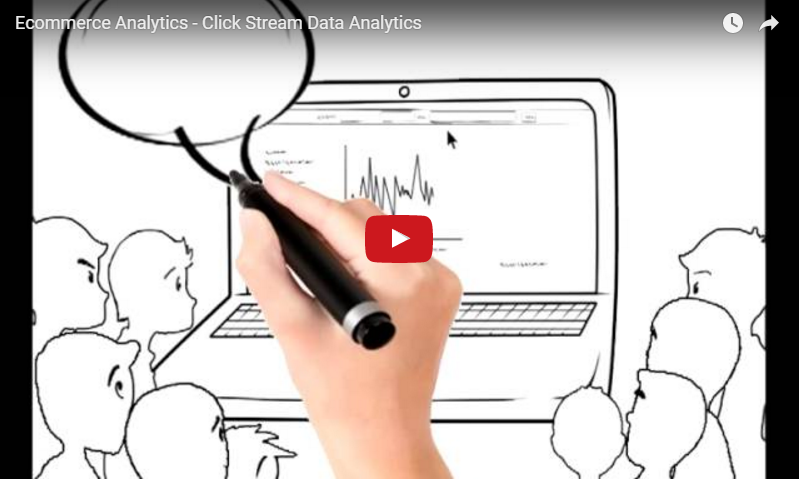Campaign Optimization
Marketers, today, leverage many established best practices and tools to efficiently collect the data necessary to analyze marketing campaigns and make informed data-driven business decisions.
Campaign analysis can not only help marketers to make short term fixes to their marketing campaign mix but also provide them with the insights needed to maximizing the lifetime value of a customer over time. The campaign analysis and optimization process can be divided into two major categories:
- Harvesting Low Hanging Fruits: This refers to areas needing improvement that are easy to identify and provide quick and effective results.
- Term Optimization: This refers to the process of continual optimization over time and includes improving the customer’s overall lifetime value.
Customer Acquisition
The digital age consumers are more informed sophisticated; they expect businesses to understand when and how they wish to be engaged.
Customer analytics transforms your data into actionable insights, so you can anticipate what customers want and discover the most effective way to improve customer acquisition. Companies can also improve customer acquisition through segmentation and clustering techniques, reduce costs by targeting prospects that are mostly likely to respond and, anticipate which products, services and/or features customers care about the most.
Search Engine Optimization
Behavioral Targeting, a technique used by online advertisers to increase the effectiveness of their campaigns, is playing an increasingly important role in the online advertising world.
The assumption behind behavioral targeting is that the users who have similar search or browsing behaviors will have similar interests, and thus are more likely to click the same ad (as compared to users who have different online behaviors). Different machine learning algorithms are used to mime data and predict online visitors’ behavior.
Buyer’s Behavior Prediction
Web servers keep track of web users’ browsing behavior in web logs.From these logs, one can build statistical models that predict the users’ next requests based on their current behavior. These data are complex due to their large size and sequential nature. In the past, researchers have proposed different methods for building association-rule based prediction models using such web logs.










